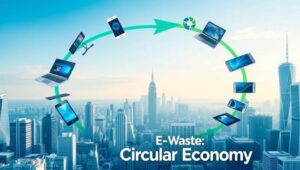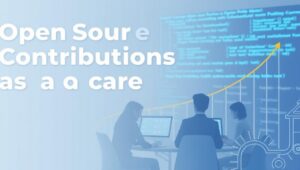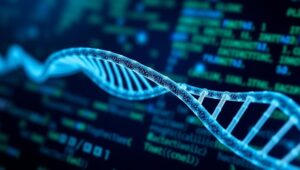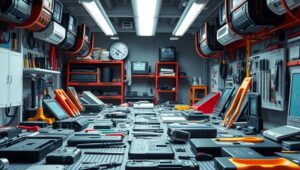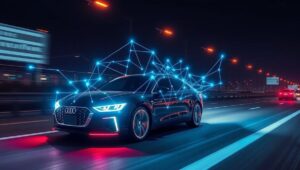May 29, 2025
Reducing E-Waste: Circular Economy for Electronics (2026 Initiatives)
Reducing E-Waste: Circular Economy for Electronics (2026 Initiatives) Electronic waste, or e-waste, is a growing global concern. Discarded computers, smartphones, and other electronic devices contain hazardous materials that can harm the environment and human health if not properly managed. In response, the concept of a circular economy is gaining traction as a sustainable solution for electronics. This article explores the principles of a circular economy and examines initiatives planned for 2026 aimed at reducing e-waste. What is a Circular Economy? A circular economy is an economic system focused on minimizing waste and maximizing the use of resources. Unlike the traditional
